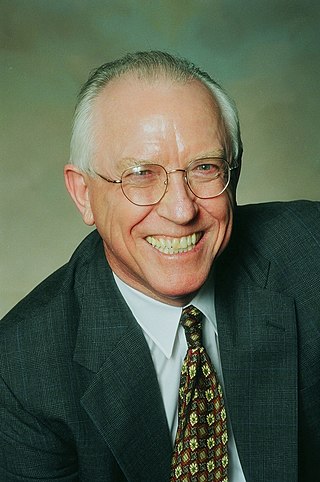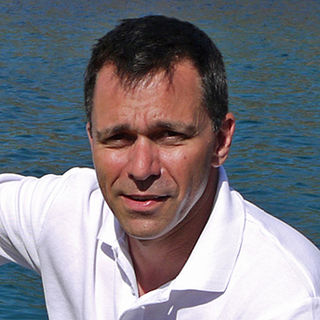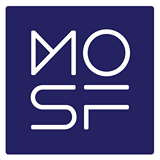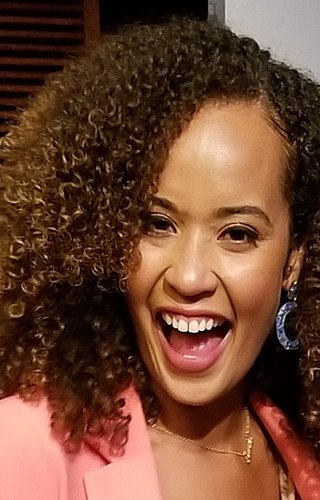
The United Nations Convention on the Law of the Sea (UNCLOS), also called the Law of the Sea Convention or the Law of the Sea Treaty, is an international agreement that establishes a legal framework for all marine and maritime activities. As of May 2023, 168 countries and the European Union are parties.

Underwater archaeology is archaeology practiced underwater. As with all other branches of archaeology, it evolved from its roots in pre-history and in the classical era to include sites from the historical and industrial eras.

A remotely operated underwater vehicle (ROUV) or remotely operated vehicle (ROV) is a free-swimming submersible craft used to perform underwater observation, inspection and physical tasks such as valve operations, hydraulic functions and other general tasks within the subsea oil and gas industry, military, scientific and other applications. ROVs can also carry tooling packages for undertaking specific tasks such as pull-in and connection of flexible flowlines and umbilicals, and component replacement.
The American Association of Petroleum Geologists (AAPG) is one of the world's largest professional geological societies with about 17,000 members across 129 countries. The AAPG works to "advance the science of geology, especially as it relates to petroleum, natural gas, other subsurface fluids, and mineral resources; to promote the technology of exploring for, finding, and producing these materials in an economically and environmentally sound manner; and to advance the professional well-being of its members." The AAPG was founded in 1917 and is headquartered in Tulsa, Oklahoma; currently almost one-third of its members live outside the United States.
The Rosenstiel School of Marine, Atmospheric, and Earth Science is the University of Miami's academic and research institution for the study of oceanography, atmospheric, and earth sciences.

Kaikō was a remotely operated underwater vehicle (ROV) built by the Japan Agency for Marine-Earth Science and Technology (JAMSTEC) for exploration of the deep sea. Kaikō was the second of only five vessels ever to reach the bottom of the Challenger Deep, as of 2019. Between 1995 and 2003, this 10.6 ton unmanned submersible conducted more than 250 dives, collecting 350 biological species, some of which could prove to be useful in medical and industrial applications. On 29 May 2003, Kaikō was lost at sea off the coast of Shikoku Island during Typhoon Chan-Hom, when a secondary cable connecting it to its launcher at the ocean surface broke.

Marine debris, also known as marine litter, is human-created solid material that has deliberately or accidentally been released in a sea or ocean. Floating oceanic debris tends to accumulate at the center of gyres and on coastlines, frequently washing aground, when it is known as beach litter or tidewrack. Deliberate disposal of wastes at sea is called ocean dumping. Naturally occurring debris, such as driftwood and drift seeds, are also present. With the increasing use of plastic, human influence has become an issue as many types of (petrochemical) plastics do not biodegrade quickly, as would natural or organic materials. The largest single type of plastic pollution (~10%) and majority of large plastic in the oceans is discarded and lost nets from the fishing industry. Waterborne plastic poses a serious threat to fish, seabirds, marine reptiles, and marine mammals, as well as to boats and coasts.

Ocean Center is a convention center located in Daytona Beach, Florida. It opened in 1985 and is the fifth–largest convention center in Florida.

Marine conservation, also known as ocean conservation, is the protection and preservation of ecosystems in oceans and seas through planned management in order to prevent the over-exploitation of these marine resources. Marine conservation is informed by the study of marine plants and animal resources and ecosystem functions and is driven by response to the manifested negative effects seen in the environment such as species loss, habitat degradation and changes in ecosystem functions and focuses on limiting human-caused damage to marine ecosystems, restoring damaged marine ecosystems, and preserving vulnerable species and ecosystems of the marine life. Marine conservation is a relatively new discipline which has developed as a response to biological issues such as extinction and marine habitats change.

Ronald Benjamin Linsky was an American marine biologist who served as Executive Director of the National Water Research Institute (NWRI) for 15 years, where he was responsible for overseeing an institute dedicated to supporting cooperative research to create new sources of water and to protect freshwater and marine environments. Under his leadership, NWRI grew into the third largest water research institute in the United States.
The United States Institute for Theatre Technology (USITT) is a membership organization which aims to advance the skills and knowledge of theatre, entertainment and performing arts professionals involved in the areas of design, production and technology, and to generally promote their interests. To this end, the USITT mounts conferences and exhibitions, promulgates awards and publications, and supports research. USITT is a non-profit organization which has its headquarters in Syracuse, New York.
Great Lakes WATER Institute is a freshwater research center of the University of Wisconsin System administered by the Graduate School of University of Wisconsin–Milwaukee.

VideoRay ROVs are a series of inspection class underwater submersible remotely operated underwater vehicles (ROV). VideoRay ROVs are operated from a suitcase-sized control panel connected to either a copper or fiber-optic tether which is then connected to the submersible.
An underwater acoustic positioning system is a system for the tracking and navigation of underwater vehicles or divers by means of acoustic distance and/or direction measurements, and subsequent position triangulation. Underwater acoustic positioning systems are commonly used in a wide variety of underwater work, including oil and gas exploration, ocean sciences, salvage operations, marine archaeology, law enforcement and military activities.
The SeaPerch is an educational tool and kit that allows elementary, middle, and high-school students to construct a simple, remotely operated underwater vehicle, or Remotely Operated Vehicle (ROV), from polyvinyl chloride (PVC) pipe and other readily made materials. The SeaPerch program is a curriculum designed program that teaches students basic skills in ship and submarine design and encourages students to explore naval architecture and marine and ocean engineering concepts. It was inspired by the 1997 book,Build Your Own Underwater Robot and other Wet Projects, by Harry Bohm and Vickie Jensen. The Massachusetts Institute of Technology Sea Grant (MITSG) College Program created the SeaPerch initiative in 2003, and it is sponsored by the Office of Naval Research, as part of the National Naval Responsibility for Naval Engineering (NNRNE) to find the next generation of Naval Architects, Marine Engineers, Naval Engineers, and Ocean Engineers.
ABISMO is a remotely operated underwater vehicle (ROV) built by the Japan Agency for Marine-Earth Science and Technology (JAMSTEC) for exploration of the deep sea. It is the only remaining ROV rated to 11,000-meters, ABISMO is intended to be the permanent replacement for Kaikō, a ROV that was lost at sea in 2003.

Guillermo Söhnlein is an Argentine-American businessman, best known as the co-founder of deep-sea exploration company OceanGate. Söhnlein left the company in 2013, retaining a minority stake.

The Museum of Science Fiction (MOSF) is a 501c(3) nonprofit museum that originally had plans to be based in Washington, D.C. It was founded in the spring of 2013 by Greg Viggiano and a team of 22 volunteer professionals with a goal of becoming the world's first comprehensive science fiction museum.

Underwater Dreams is a documentary film written, directed, and produced by Mary Mazzio. The film chronicles the story of how the sons of undocumented Mexican immigrants learned how to build underwater robots, and go up against MIT in the process.

Daniell "Danni" Washington is an American activist, artist and presenter who campaigns for cleaner, plastic-free oceans. She founded the Not-for-Profit Big Blue & You. Washington presents the STEM-themed TV show Xploration Nature Knows Best, Mission Unstoppable, and web series Science the $#!* out of it.












